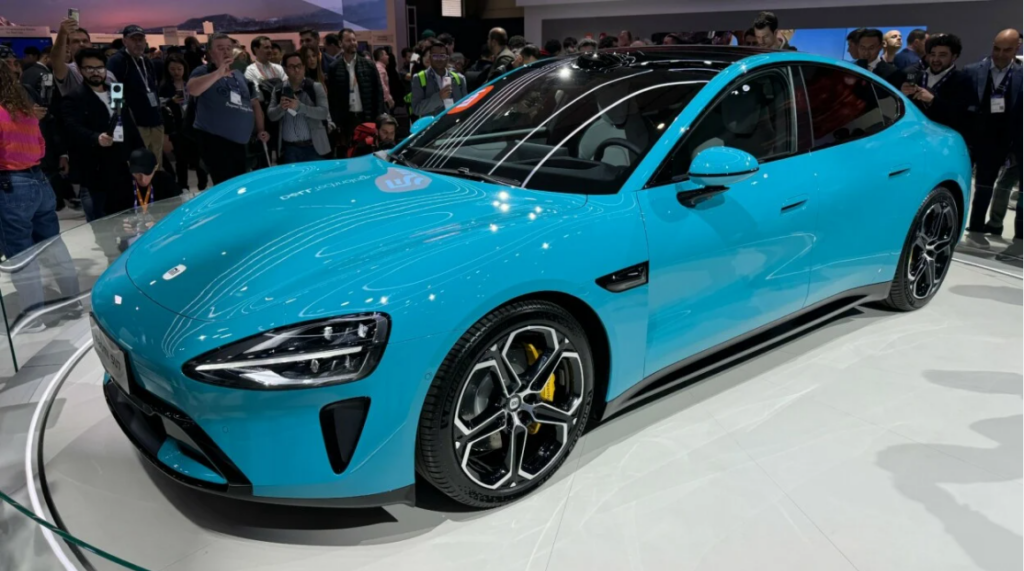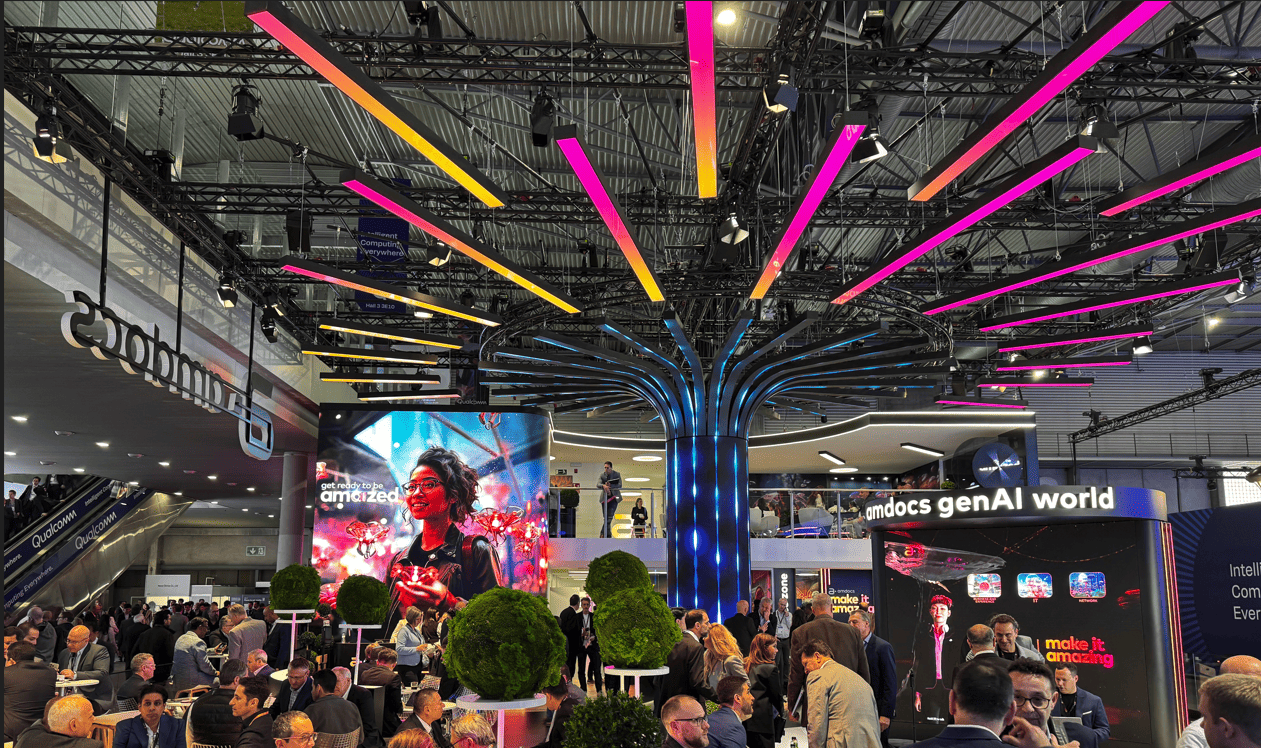With the sun about to set on another successful week at MWC, we take stock of the most interesting stories, trends, and collaborations to come out of Barcelona. Attendees were treated to countless innovations in connectivity that will help drive the industry forward. Here’s a look at some of our biggest takeaways from the show:
AI a must-have for automakers. With all the buzz around AI in the past year, it’s little wonder the technology took centre stage at this year’s event. Google and McLaren Racing announced it would be continuing its existing multi-year partnership, which will see the Formula 1 giant leverage Google’s technologies, devices, and tools to enhance its racing operations. But it’s not just Google’s hardware McLaren are keen to keep their hands on. The company also wants to use Google Cloud’s AI technology to analyse real-time race data, streamline processes, and optimise resource allocation.
Elsewhere, leading connected vehicle technology provider Geotab unveiled a generative AI assistant for connected transportation capable of analysing 75 billion data points daily across global telecoms networks, while MediaTek flexed its media chipset manufacturing muscles with the launch of the Dimensity Auto Cockpit, which aims to elevate the driving experience with the help of AI multi-processers, 5G connectivity, and multiple cameras.

Positive steps made in EV market. Despite the current slowdown in EV production, sights are still on EV dominating the future of the vehicle market. As we see more carmakers shift focus from ICE vehicles towards EVs, we will also see a shift from solely mechanical “metal press” vehicles to vehicles running on complex software-define systems. Because of this, there is increasing demand for more efficient and intuitive technology under the hood, which has prompted automakers to revamp their offerings to capture the growing market.
Interestingly, in our last blog we touched on carmakers foraying into the smartphone market. Well, it looks like Xiaomi has taken an “anything you can do I can do better” approach with the launch of its SU7 electric car. And while the sleek cyan chassis is nice to ogle at, it’s what’s on the inside that counts. In a bid to make the driving experience as seamless as possible, the SU7 runs Xiaomi’s Hyper OS, meaning it integrated with the company’s phones and other smart products.
Software reshaping the entire transport ecosystem. People are starting to care less about brake horsepower and more about the software-defined connectivity they receive in their vehicles. It’s why we saw Samsung-owned Harman demonstrate its latest road-ready products, led by its Ready Connect 5G Telematics Control unit designed to deliver compelling in-cabin connected experiences.
But it’s not just cars having all the fun. Opting to explore the electric bike market, Orbic revealed its 5G eBike, complete with world-first AI-assisted object detection, while Soracom teamed up with Suzuki to pursue applications of advanced IoT applications across multiple mobility categories including cars, motorcycles and onboard motors.
Alongside this, SoftBank, NEC, and VMWare, have jointly verified the virtualisation of the radio access network (RAN). Put simply, the trio will modernise a traditional RAN system to improve operational efficiency as well as enhance network optimisation, fault detection, correct, and prevention. Great network equals big win for connected vehicles.
Similarly, GSMA partnered with the Global Satellite Operators Association (GSOA) as it looks to build a more robust and interconnected global network infrastructure. The partnership will see both parties push to implement greater 5G integration, IoT connectivity, remote sensing and global coverage solutions.
Eye-catching launches and head-turning partnerships this week suggest the SDCV market is not slowing down. In fact, we see endless opportunities in the future for software-defined connectivity across many verticals. Watch this space!

